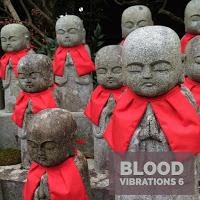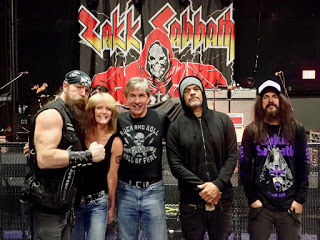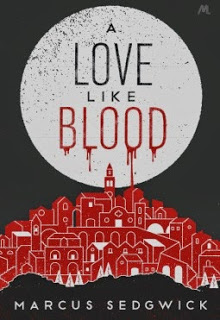“The Only Real Magic …”
Music, as far as I have seen in the world so far, is the only real magic that I know. There is something really honest and clean and pure and it touches you in your heart. Tom Petty
Tom Petty, incredible musician and performer, sadly passed away on October 2, and joined other rock stars in the sky this year: Greg Allman ( Allman Brothers), Sib Hashian ( Boston), Chris Cornell (Soundgarden, Audioslave), and more. Last year we lost heavy hitters like Prince, and David Bowie. Musicians provide the lyrical and emotive background of our lives. When we hear a certain song, our minds can recall towns, people, news events, lost loves, and hopes that happened at the same time we first heard that song.

I love music, from Bach to Metallica, and feel it unites people in ways that are almost spiritual. You can meet someone completely different from you, in age, race, ethnicity, religion, gender… but when you learn they love the same band you adore ( the Doors!), you suddenly find you have everything in common with them!
So, I have to shout out two amazing artists in our bleeding disorders community: Billy Conde and Mathew Tache, who are more than wonderful musicians. They’ve put together a way for music to unite those with hemophilia.
They’ve created Blood Vibrations ( a tip of the hat to Beach Boys’ Good Vibrations). It’s a website devoted to bringing musicians with bleeding disorders together to publish their songs. From the website: “Blood Vibrations is an ongoing grassroots project that collects sound and music created by people with bleeding disorders. The goal of the project is to provide a forum for creativity, expression, sharing and learning- all contributing to whole being wellness. Anyone with a bleeding disorder is welcome to participate. No musical experience is required. Record in hi-fi, lo-fi, no-fi. We encourage collaborations and group works.”
Billy and Matt facilitate all the ongoing work themselves– soliciting music/art, website, and promotion. The project is free ( no cost to share/submit and no cost to listen). They do not accept finding from outside sources– all costs are paid by these two wonderful men with hemophilia directly.
 Check out Blood Vibrations, and email Billy and Matt at bloodvibrations@yahoo.com if you have an idea for a song, or one to submit to create an album.
Check out Blood Vibrations, and email Billy and Matt at bloodvibrations@yahoo.com if you have an idea for a song, or one to submit to create an album.
You can also download music from the latest Blood Vibrations album, Blood Vibrations 6. You might see some talented community members you know on some of the albums, like Shelby Smoak, Kevin Finkle, Josef Zwier, and Jenny Massey.

Coincidentally, when Billy and I communicated, he was just listening to No Rest for the Wicked by Ozzy Osbourne, Zakk Wylde on lead guitar. I had just met Zakk Wylde in Utah; unbelievably great and intense guitarist! “Counterfeit God” is my favorite song of his so far.
Billy adds, “I’ve also been immersing myself since Monday in the music of Tom Petty, which was important to me as I was discovering rock ‘n’ roll as a kid.”
Listen to music, all types. It stirs memory, enriches the mind, feeds the soul. And if you can… make music. Now you can, free and easy, and with our community, at Blood Vibrations.


